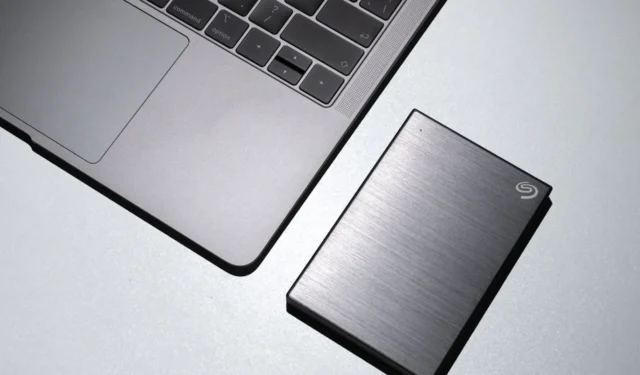
Without a backup strategy, losing data can be disastrous for individuals and businesses. Hardware failures, human error, cyberattacks, data corruption, and natural disasters are just a few of the many potential threats. Therefore, it is crucial to have a backup plan in place to safeguard your data against any prospective problems. The 3-2-1 rule is a reliable backup strategy, which entails storing three copies of data on at least two distinct types of media and storing one copy off-site.
Cloud backup is a valuable off-site resource for protecting against data loss in remote work environments.
This article will explain in depth how to back up your computer data to assure its security. We will discuss various backup methods, such as external hard drive backup, cloud storage, and online backup services, and provide you with a detailed guide on how to construct, test, and maintain your backup.
A comprehensive guide to backing up computer data
There are multiple ways to store up computer data. Here are the most prevalent:
- External hard drive: An external hard drive can be used to back up your data. Connect the external hard drive to your computer, select the files you wish to back up, and copy them to the external hard drive.
- You can back up your data using cloud storage services like Google Drive, Apple iCloud, and Microsoft Dropbox. These services store your data on remote servers that are accessible from any internet-connected device.
- NAS devices are comparable to external hard drives that communicate to a home network. They allow you to back up your data and access it from any networked device.
- Many online backup services, such as Carbonite and Backblaze, provide automatic cloud backups for a monthly fee.
Select files for backup
After selecting a backup method, you must decide which data you wish to store up. You can back up your entire computer, including the operating system and all your data, or you can choose specific files and folders to back up.
It is a good idea to back up your entire computer if you want to restore everything in the event of a total system failure. However, backing up all the data can be time-consuming and costly if you use cloud storage or an online backup service.
Include all of your essential documents, photos, videos, and other data if you choose to back up specific files and folders.
Learn how to perform a computer backup
Here are the most prevalent backup strategies:
External hard drive
- Attach the external hard drive to the computer.
- Launch the backup software from the hard drive, or use the computer’s native backup software.
- Select the files and folders you wish to back up and configure a backup schedule by following the software’s instructions.
Cloud storage
- Register for a cloud storage service and install the associated software on your computer.
- Select the files and folders you wish to back up and establish a backup schedule by following the software’s instructions.
Network-attached storage (NAS)
- Connect the NAS to the local network.
- Install the backup software that came with the NAS device, or utilize the backup software that came with your computer.
- Select the files and folders you wish to back up and configure a backup schedule by following the software’s instructions.
Online back-up services
- Register for an online backup service and install the corresponding software on your computer.
- Select the files and folders you wish to back up and configure a backup schedule by following the software’s instructions.
Test your back-up
Once you’ve set up your backup, it’s essential to verify it. Here are the pertinent procedures:
- Restore a few files from your backup and verify their functionality.
- Ensure that you can access your backup from another device in order to store it remotely.
Maintain your back-up
Data backup is not a one-time occurrence. It is an ongoing process that requires regular maintenance to ensure that it is accurate and up-to-date.
Here are some maintenance recommendations for your backup:
- Regularly verify that your backup schedule is storing up your data as intended.
- Monitor your backup storage space to ensure there is sufficient room for new data.
- Delete any redundant or obsolete backups in order to free up storage space.
- Ensure that your backup software is compatible with your operating system and devices by keeping it up-to-date.
Keep multiple back-ups
Multiple backups are required to prevent data loss in the event of a catastrophe. You should ideally have at least two, both on-site and off-site.
Here are your options:
- Keep a backup external hard drive on-site and use cloud storage or an online backup service for off-site storage.
- Utilize a network-attached storage (NAS) device as your on-site backup and cloud storage or an online backup service as your off-site backup option.
Multiple backups will provide you with peace of mind and ensure the safety of your data no matter what happens.




Leave a Reply ▼